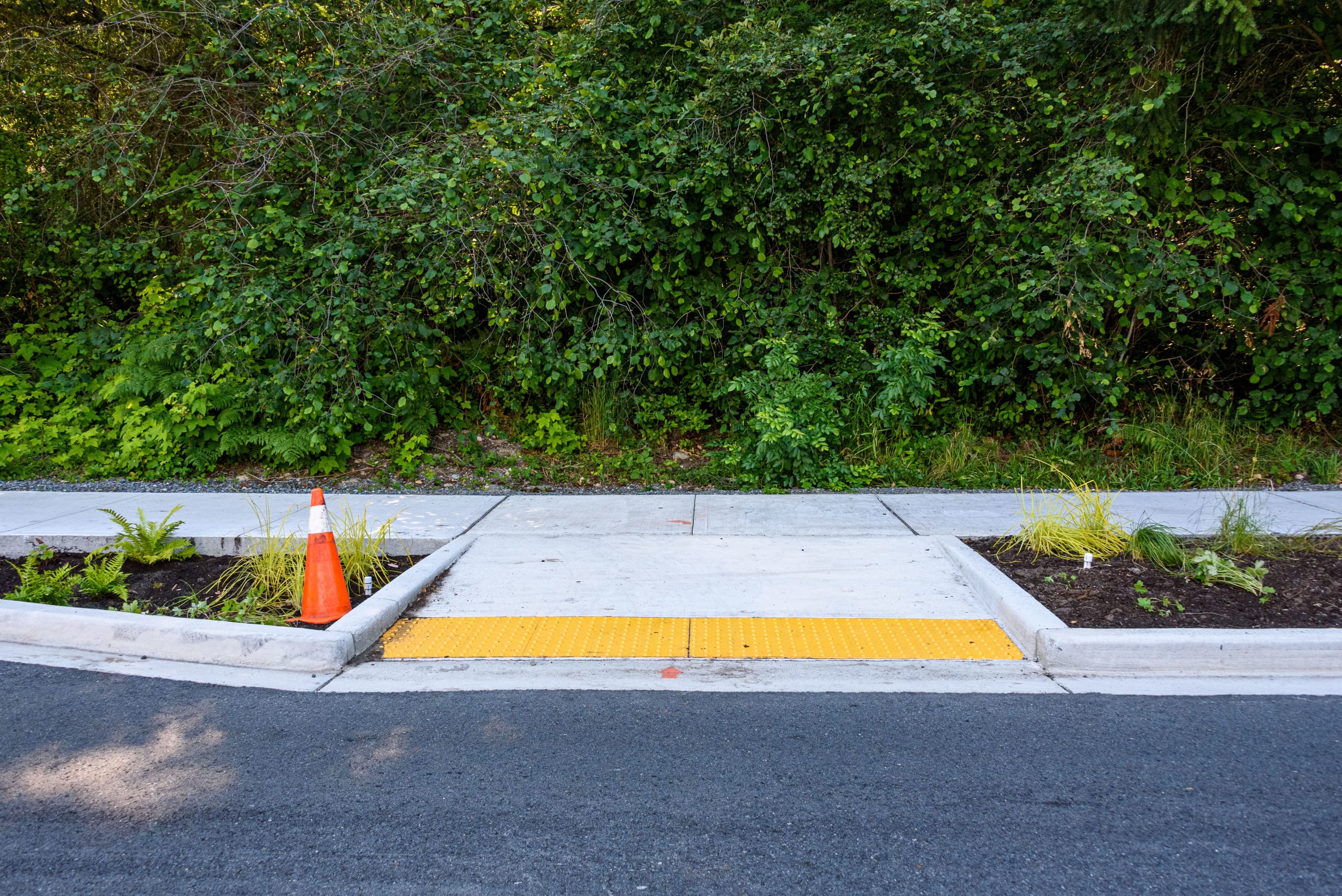Innovation for Accessibility and Inclusion
The World Health Organization estimates that 1.3 billion people experience some form of visual disability. Approximately 75 million people require a wheelchair. Worldwide, 466 million people experience some form of hearing disability, and 70 million people across the globe have neurodevelopmental and/or intellectual disabilities. In the United States alone, 16 million people have cognitive disabilities.
In total, around one billion people (15% of the global population) have a disability of some sort. This is an extraordinary number of people whose contributions to society and desire to live full, enjoyable, and meaningful lives can – and should – be prioritized.
With recent government programs established to commit funds toward increased accessibility for transportation facilities, it’s never been a better time to begin thinking, learning, and spreading awareness about inclusion, accessibility, and how innovation can be a meaningful step toward equity.
What is accessibility?
Accessibility is defined as the design of products, devices, services, vehicles, or environments/facilities that are fully usable by people with disabilities. Accessible design and the practice of accessible development focus on enabling direct access for people with disabilities as well as compatibility with any assistive technology they may use.
Accessibility is also connected with the concept of universal design, which is the process of creating products that are usable by people with the widest possible range of abilities, within the widest possible range of environments and scenarios. Universal design is focused on making things accessible to all people, whether or not they have a disability.
Case in point: GoodMaps was developed with accessibility in mind, from the ground up – but based on technology and innovation that would be beneficial and usable by all. While initial use cases focused on those with visual impairments, the technology is also embraced by those with neurological differences (and other disabilities) and also makes indoor wayfinding simpler and more accessible to those with no disability at all.
What about practical accessibility?
Here’s the catch with accessibility: simply because an innovation, product, facility, or service is inclusive does not necessarily make it accessible. And legal definitions of accessibility can make things murky as well. For instance, in the U.S., the Americans with Disabilities Act (ADA) prohibits discrimination based on disability, and sets forth ADA Standards for Accessible Design. Compliance with these standards requires certain physical infrastructure accommodations for those with disabilities, such as accessible routes, entrances and exits, slopes and wider paths for wheelchairs, the existence of braille signage, etc. However, the existence of ADA-compliant physical infrastructure does not necessarily mean that those resources are practically accessible to those with disabilities, or accessible all of the time.
Where innovation comes in
While the chasm between accessibility in theory and accessibility in practice may be wide, innovation can help bridge the gap. Innovation in the form of assistive technology can be used to increase, maintain, or improve the functional capabilities of those with disabilities. Software such as screen readers, mobile applications that connect users with sighted assistance, stair lifts for the mobility impaired, tactile displays, and smart home assistants are just a few examples.
While already common, the field of assistive technology can grow much wider and deeper to help provide complementary tools to enhance the accessibility of products, facilities, and services. Mobile and electronic technologies in particular have a key role to play in making universally designed assistive technology a critical component of the full fabric of modern society.
For instance, looking back at our ADA example: assistive mobile technology like GoodMaps Explore equips all users, regardless of disability, with convenient and reliable indoor wayfinding from their mobile device. It can direct them to ADA accessible entrances and exits, help them quickly access convenient stair-free routes and elevators, point out braille and tactile signage, and more. These complements to physical infrastructure can make the experience of finding and using those resources more seamless and convenient, enhancing their practical accessibility.
Indeed, by providing a modern technology foundation, GoodMaps can aid a future that is equitable and inclusive – one in which accessibility is not just an add-on, but rather the norm.
Accessible and Inclusive Design is Smart Design
Whether retrofitting a legacy transit station for ADA compliance or designing an entirely new public venue from the ground up… whether redesigning a website to be more user friendly to the visually impaired or building a new online portal from scratch… whether overhauling services to make them more inclusive or designing an entirely new service offering… designing with accessibility and inclusion in mind is simply smart design. Technology that enhances accessibility should be central to plans for a foundation that prioritizes accessible, equitable and inclusive access now and into the future.


